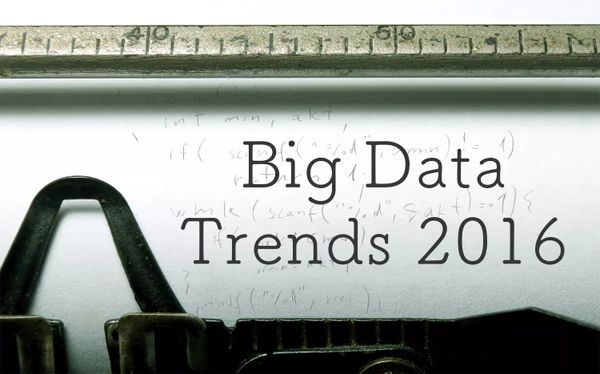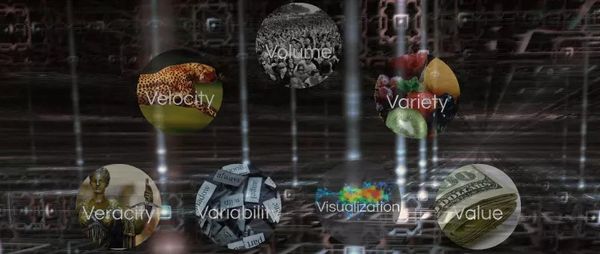Why Big Data Should Be Called Mixed Data
Big Data is here to stay, and it is having a profound effect on businesses and societies. That having said; there are still so many organisations that have no clue about what Big Data is. Big Data means different things for different people, organisations and industries. While it is true
Read More









